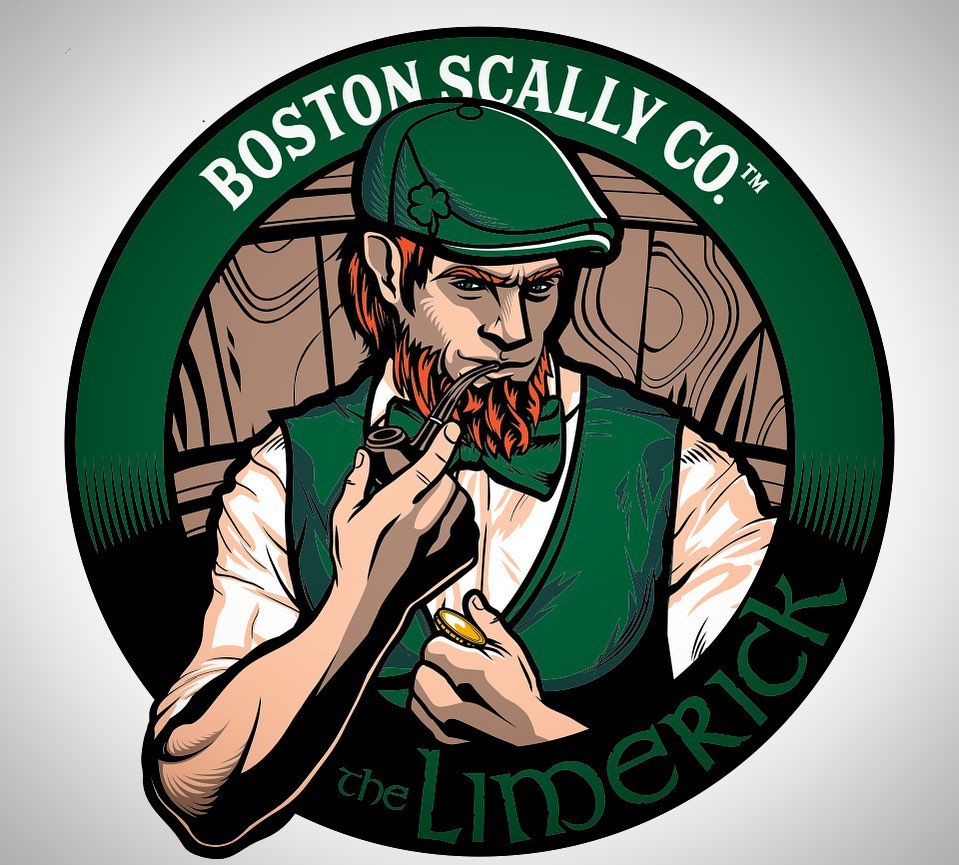After explaining the link between limericks and Limerick, Ireland, last month, I can tenuously claim that both of my books out this year have Irish tie-ins! I enjoy putting my books in conversation with each other, so finding the nexus between Celtic Punk Superfan and There Once Was a Limerick Anthology makes sense. Connections between Celtic punk and limericks/Limerick include some of the best-known acts in the genre, the Pogues and Flogging Molly; lesser-known bands The Gobshites and Siobhan; and the signature Celtic punk hat.
The Gobshites are the only Celtic punk band to embrace limericks whole hog! They have a song called “Limerick,” where the musical structure has breaks built in for reciting limericks. At live shows, audience members can read printed limericks onstage or share their own. I heard a memorable bawdy limerick when I saw The Gobshites at Shamrockfest in 2016. According to front man Peter Walsh, “it’s a fun way to include audience participation in the show.” He explained, “I think it fits in with The Gobshites’ inclusive attitude about shows. We’re having a party and we want you to join in!” The Gobshites have released two recorded versions of “Limerick,” with the same music but different limerick selections. Check out both below.
The Pogues, the progenitors of Celtic punk, covered the traditional song “The Limerick Rake,” which has a delightful instrumental coda. In 2008, singer Shane MacGowan said, “I always thought Limerick is the best city in Ireland—it’s the oldest and the funkiest.” MacGowan noted that he’d spent a lot of time in Limerick, he enjoyed the crowd reactions there, and his parents had met in the city.
On The Patron Saints of Debauchery, Siobhan both covered “The Limerick Rake” and had a rollicking song titled “The Kilfinane Parish.” Kilfinane is a town in County Limerick, which apparently explains the lyric “I’d buy a round for Limerick.” I don’t know whether the line “We all go up to Kilfinane” is based on “Will you come up to Limerick?” The latter is considered a possible origin for the term “limerick,” as I explained in my last post, and I’ve never heard it hinted at in any other Celtic punk song. Siobhan’s Nicholas Smyth, currently of The Dreadnoughts, didn’t respond to multiple requests for comment.
In 2019, Flogging Molly guitarist Dennis Casey talked about the band’s latest album, Life Is Good, which has a tongue-in-cheek title. “I know the Irish have a way of celebrating horrendous things—they’re crying in their beer but then making you laugh by the end of it,” Casey said. “It’s in limericks, it’s in poems, it’s in literature, it’s in music.” (According to Wikipedia, front man Dave King was born in Limerick, but he was raised in Dublin and I don’t trust Wikipedia.)
The scally cap is the article of clothing most associated with Celtic punk, most notably the Dropkick Murphys. This year, Boston Scally Co. debuted a new hat called The Limerick. The company posted on Facebook, “5 lines in a limerick. 5 Panels in The ‘Limerick.’ Coincidence? Nope. Just ask the ‘man from Nantucket.'” Separately, they posted, “There once was a cap named Limerick.”
While reading through thousands of limericks as part of my research for There Once Was a Limerick Anthology, I thought of punk rock on multiple occasions. Both strive to pack a punch within restricted, short formats, with a five-line aabba structure for limericks and three-chord, three-minute songs—often shorter—for punk rock. (Admittedly, Celtic punk is a perfect example of how not all artists under the punk umbrella play that style.) Fans of both limericks and punk rock get used to the familiar standard formats. When I found a limerick that truly excelled within those constraints, it felt like hearing a great punk rock song succeed despites the limitations of the genre. There’s also the recurring dark humor, which Casey touched on above.


No Comments